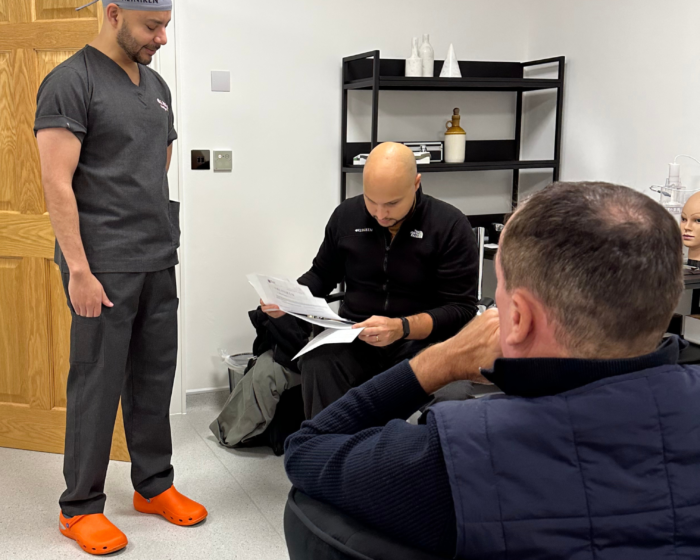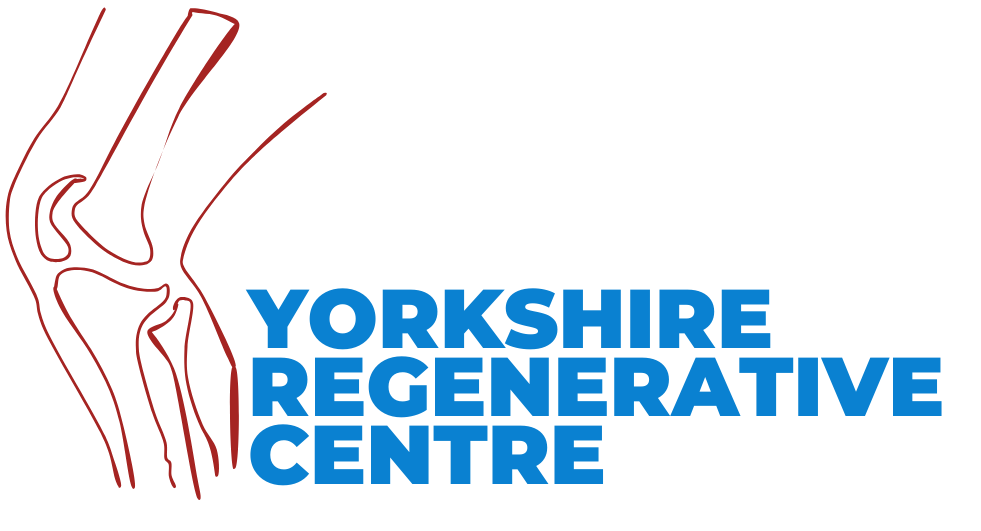PRP for Joints
PRP typically stands for Platelet-Rich Plasma, which is a treatment used in regenerative medicine. It involves drawing a small amount of the patient’s blood, processing it to concentrate the platelets, and then injecting the platelet-rich plasma into the injured or affected area.
Overview on how
PRP for joints work

Blood Collection:
A small amount of the patient’s blood is drawn, typically 30-60 milliliters.
Centrifugation:
The blood is processed in a centrifuge to separate platelets and plasma.
Platelet-Rich Plasma Extraction:
Concentrated platelets and a small amount of plasma form the PRP.
Tumescent Technique:
Injection of a solution containing saline, epinephrine, and local anesthetic to numb the area and facilitate fat cell removal.
Injection:
PRP is injected into the affected joint or area under guidance.
Activation (Optional):
Some cases involve adding substances to activate platelets and release growth factors.
Stimulation of Healing:
Platelets with growth factors promote tissue repair and reduce inflammation.
3 MAJOR BENEFITS OF GETTING PRP INJECTIONS FOR JOINTS
Tissue
Repair
- Stimulates natural healing.
- Promotes repair of damaged joint tissues like cartilage and tendons.
Reduced
Inflammation
- Possesses anti-inflammatory properties.
- Decreases inflammation in the joint, relieving pain and stiffness.
Pain Relief &
Improved Function
- Provides pain relief for joint discomfort.
- Enhances overall joint function, especially beneficial for conditions like osteoarthritis and sports related injuries.
GET IN TOUCH WITH OUR MOST EXPERIENCED SURGEON NOW!!!
It is always Important to discuss expectations, candidacy, and potential risks with a qualified plastic surgeon.

